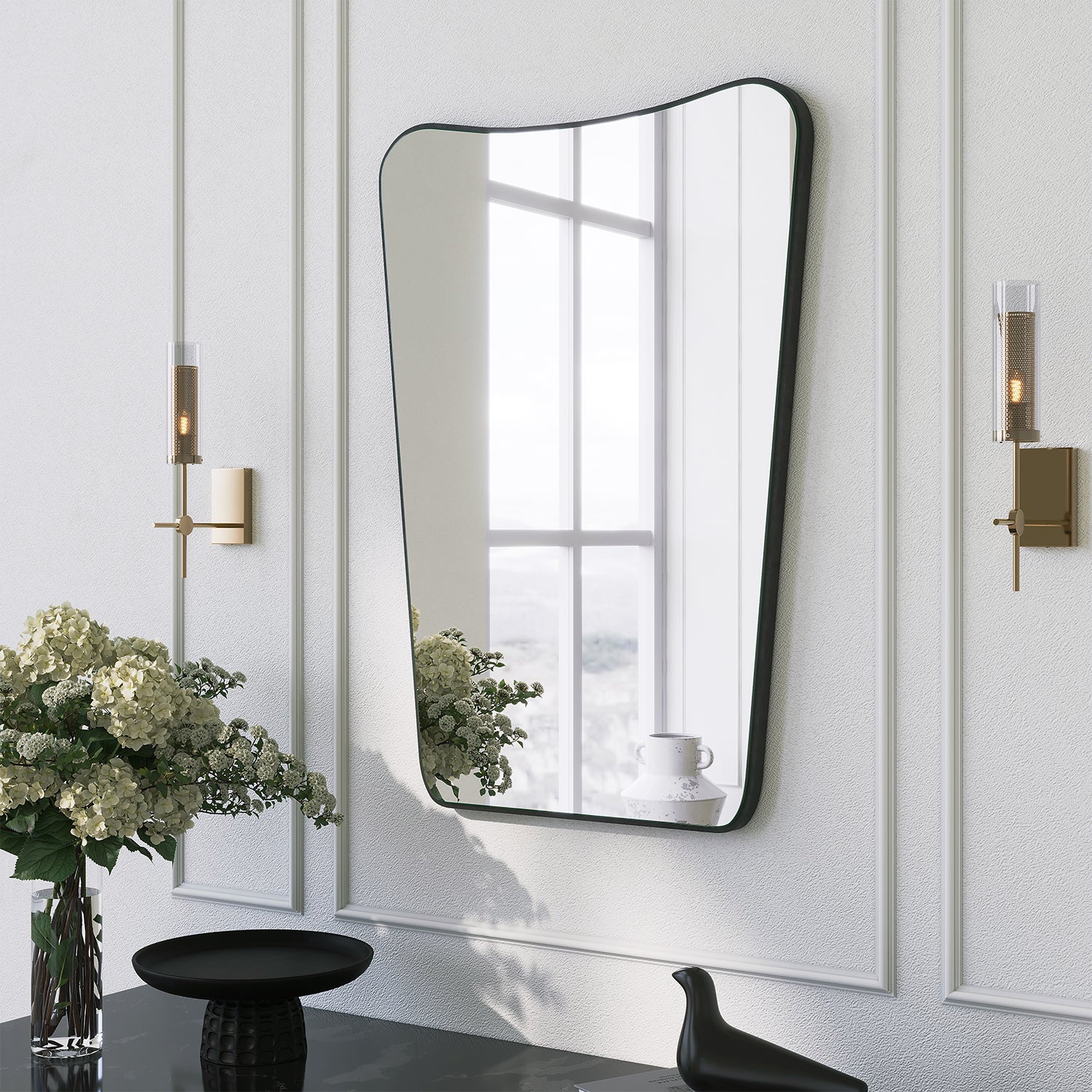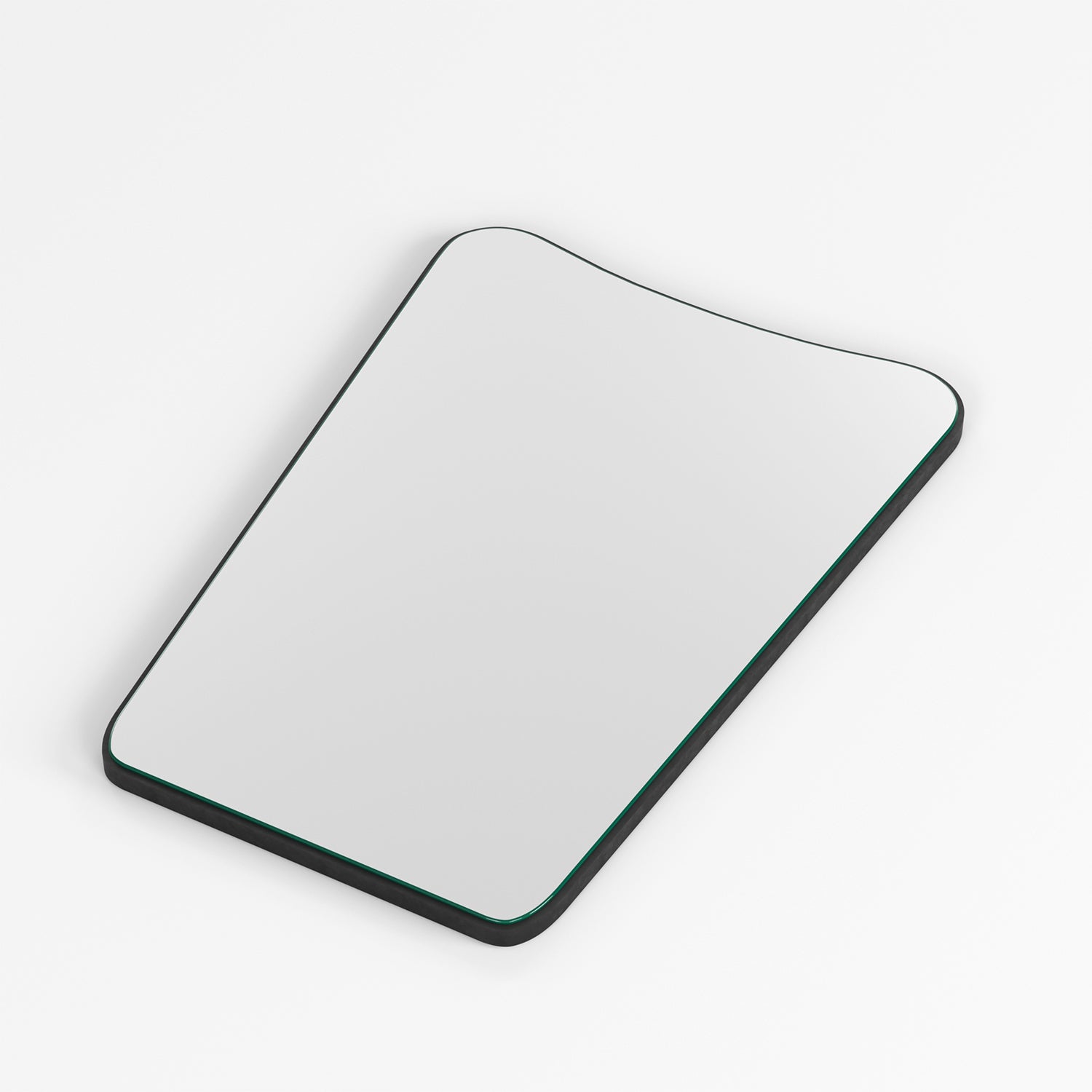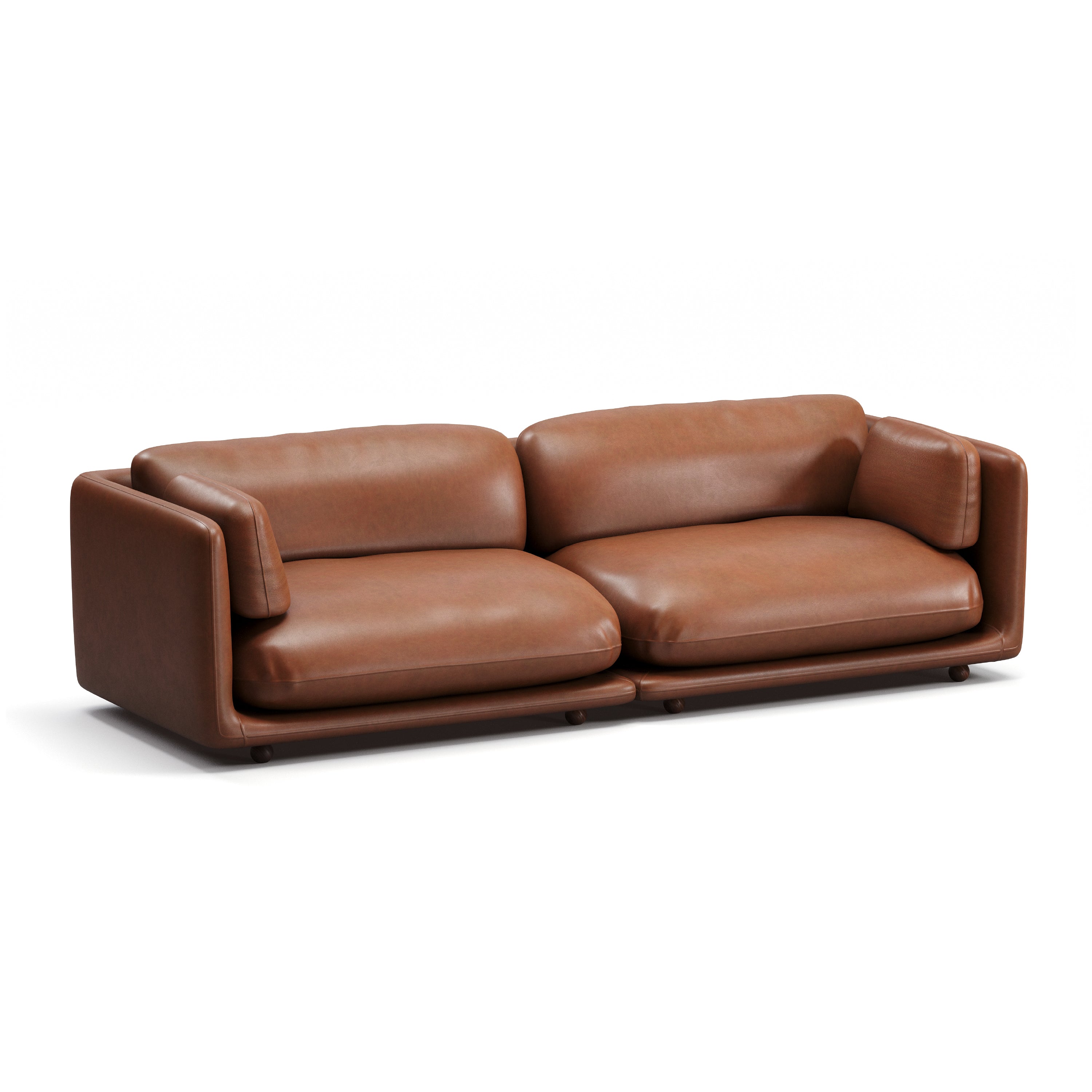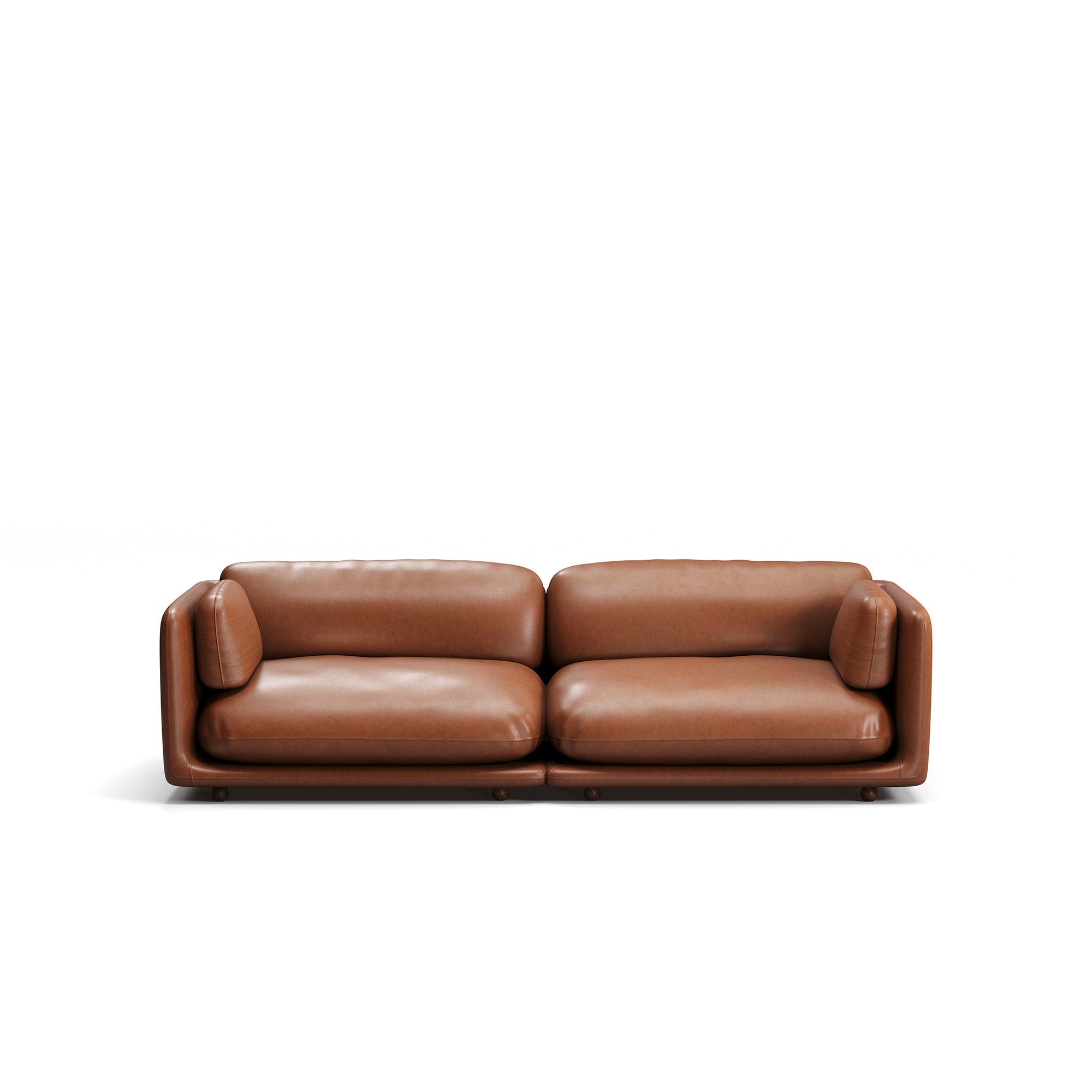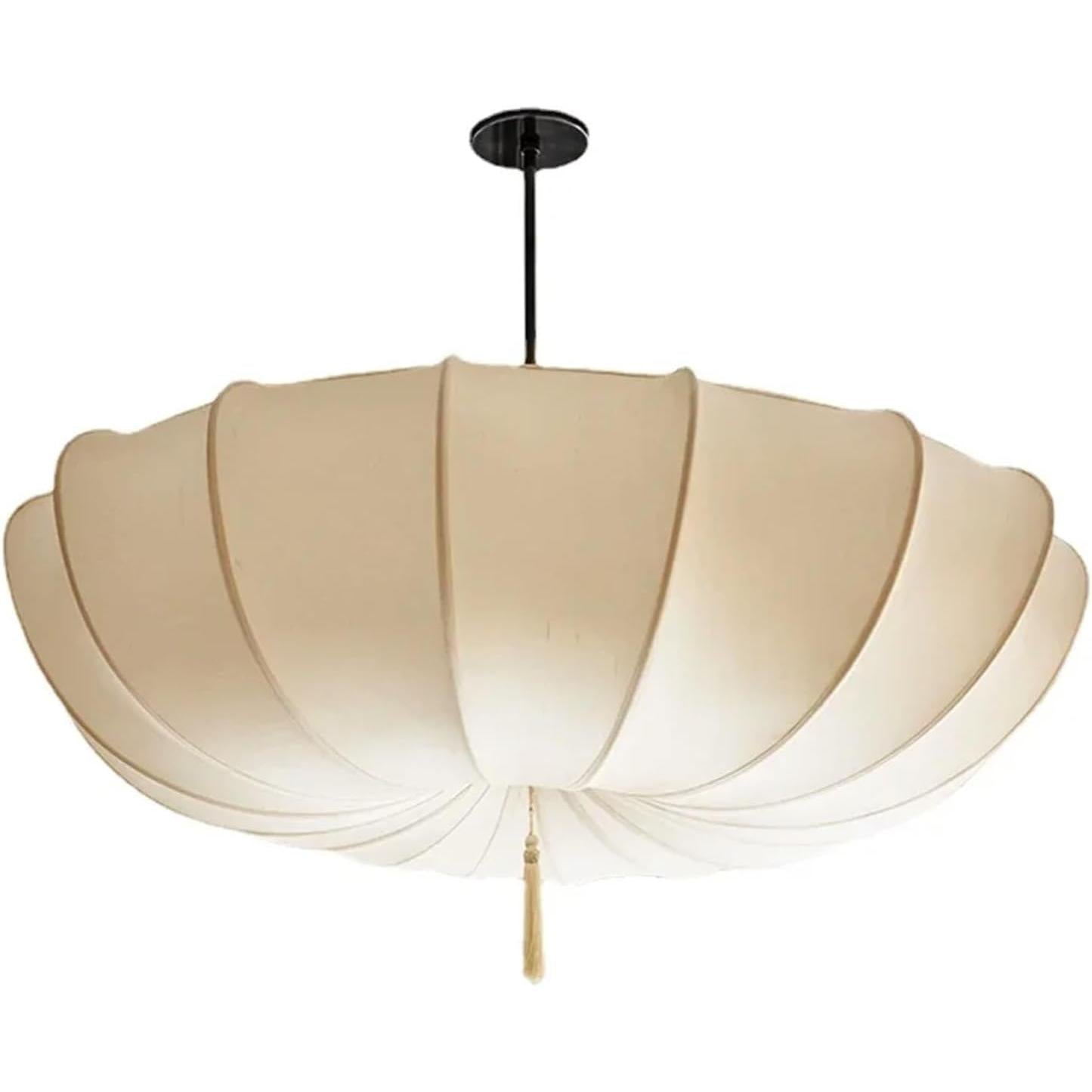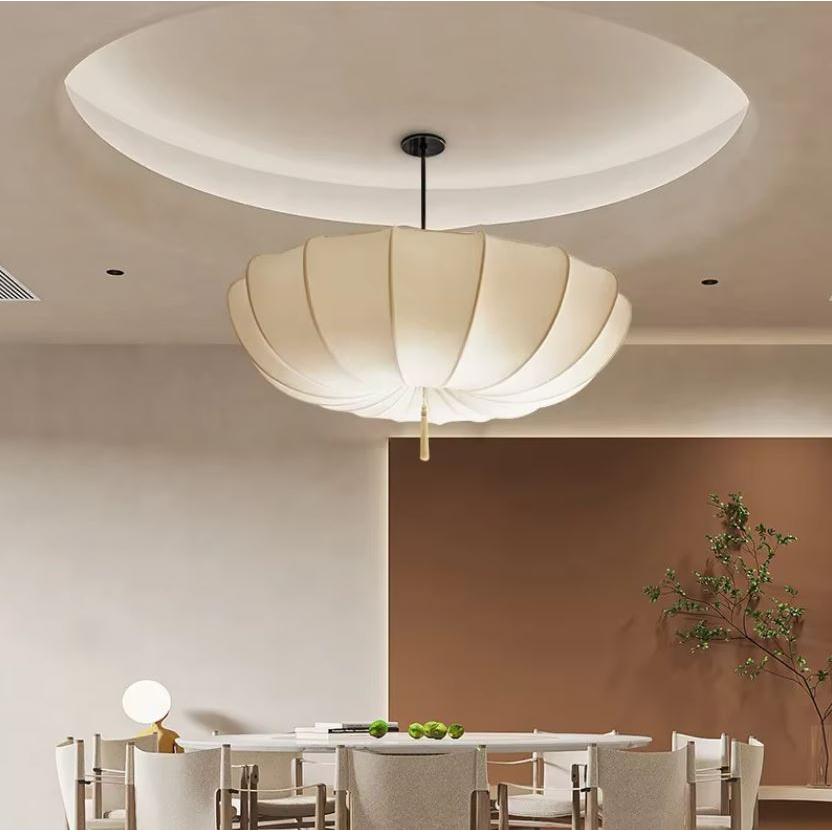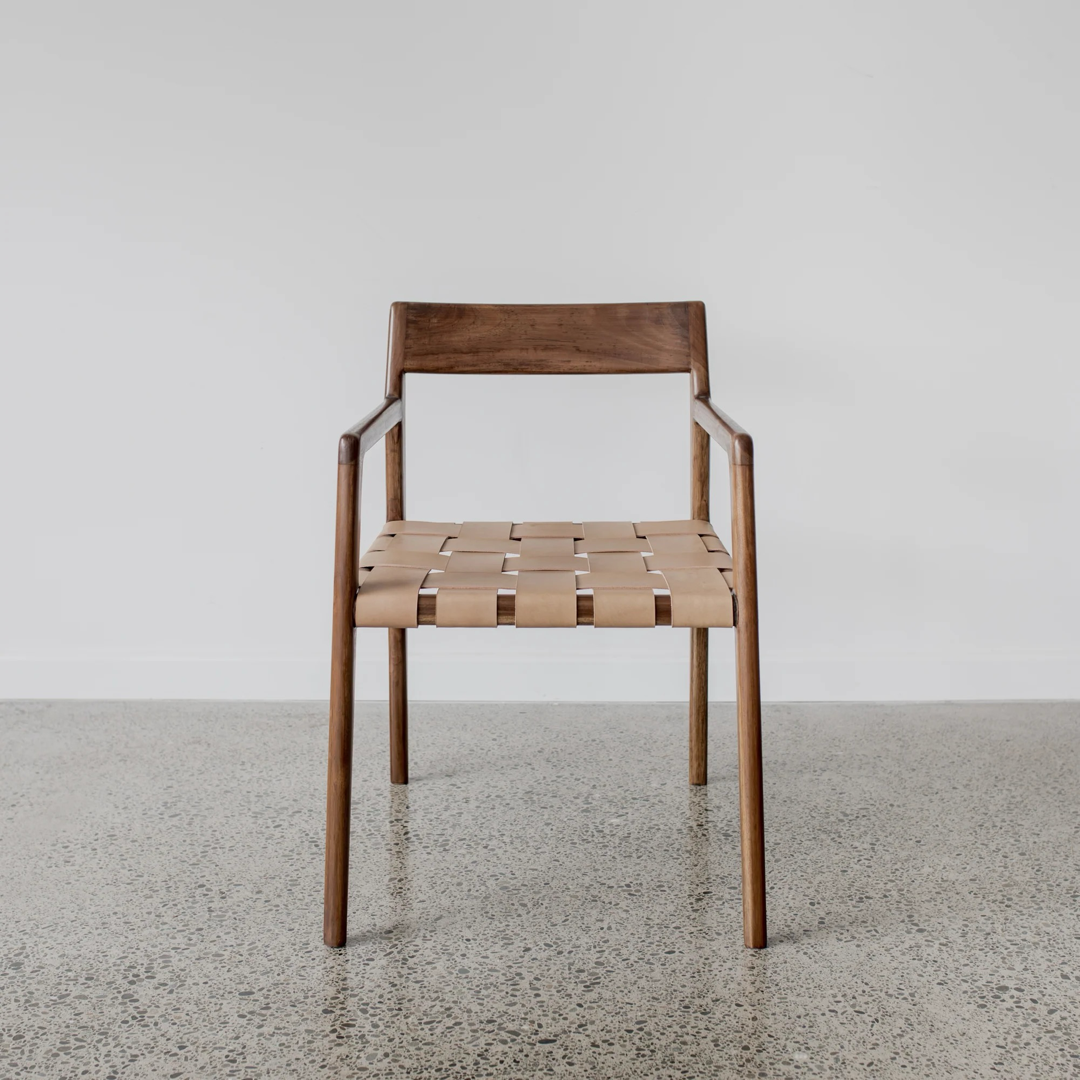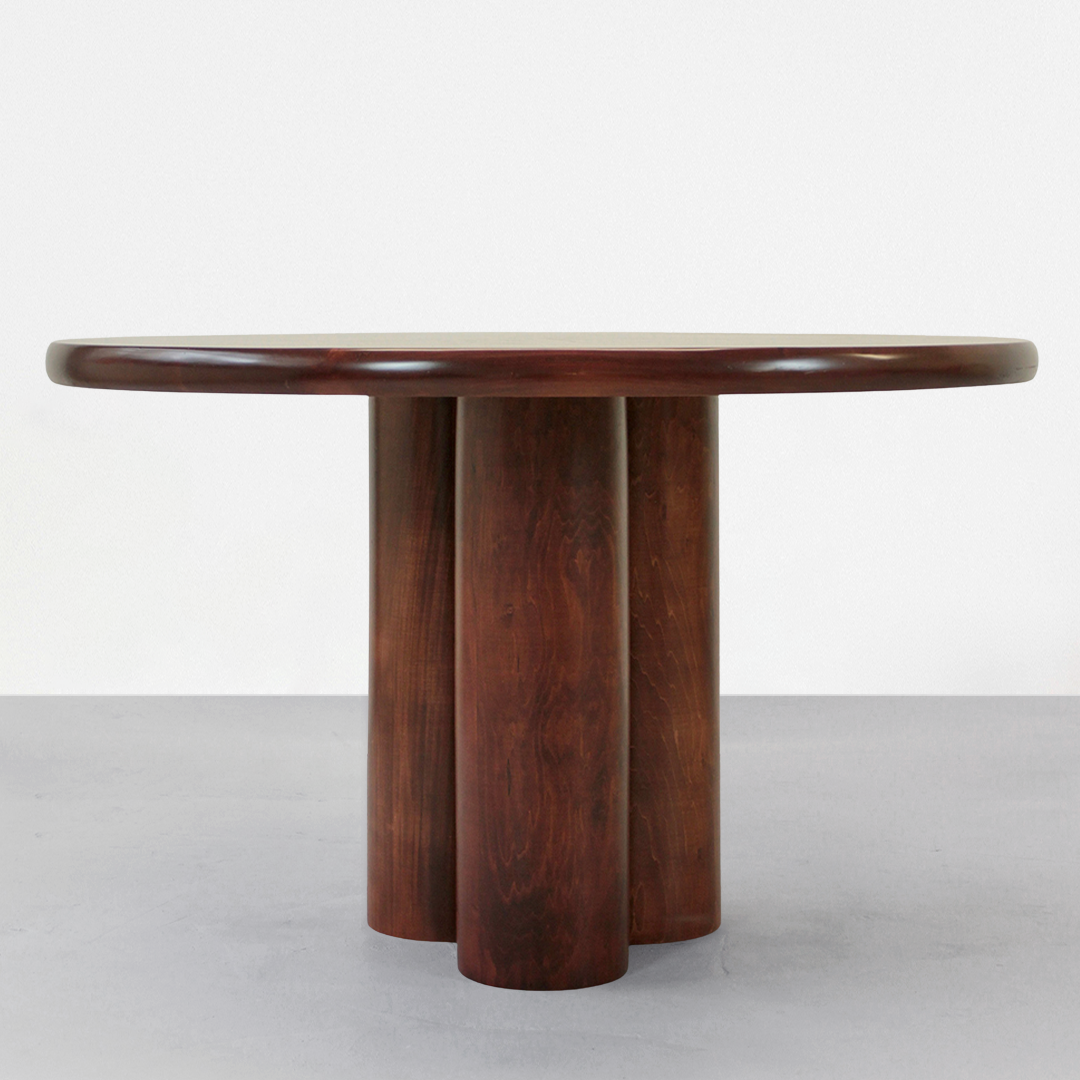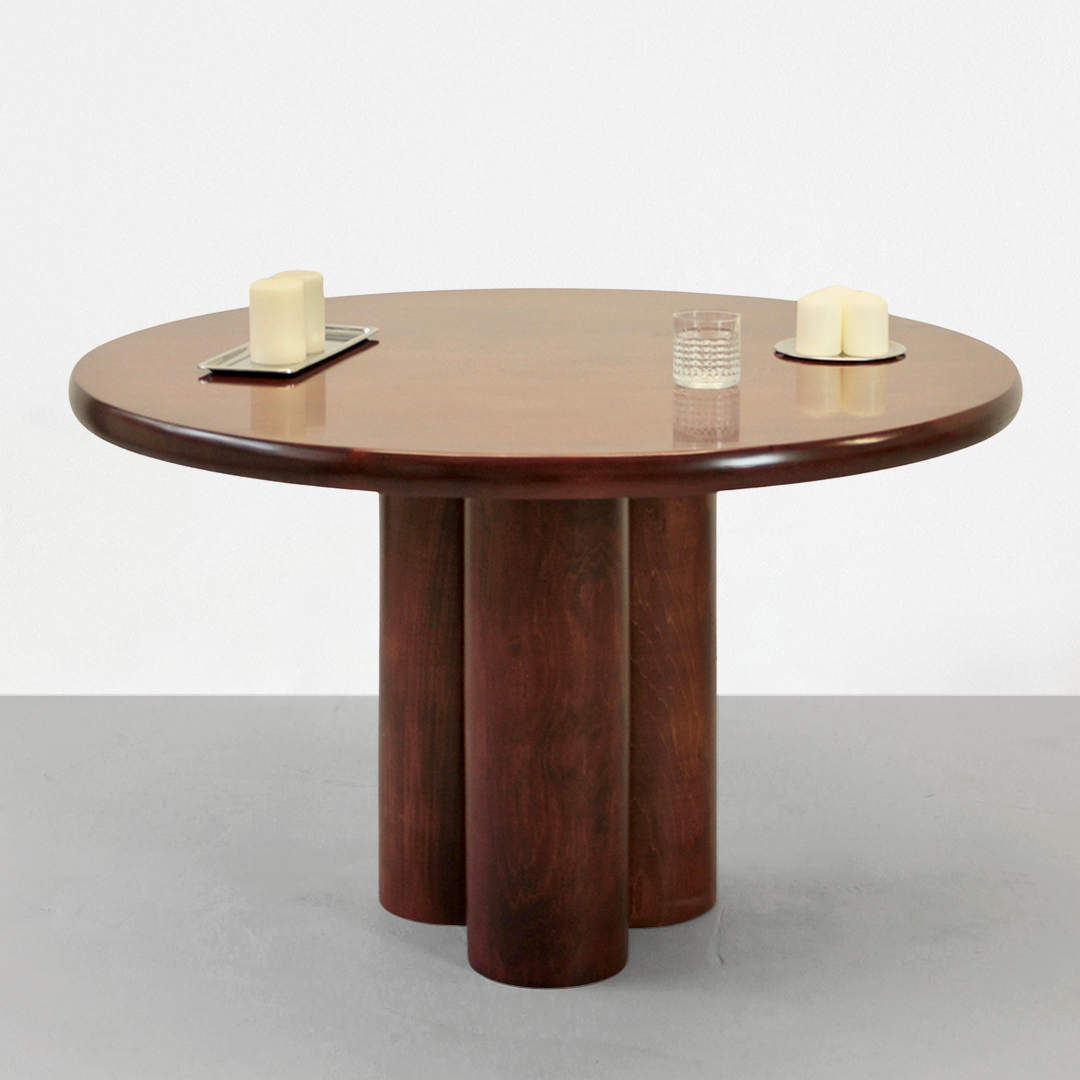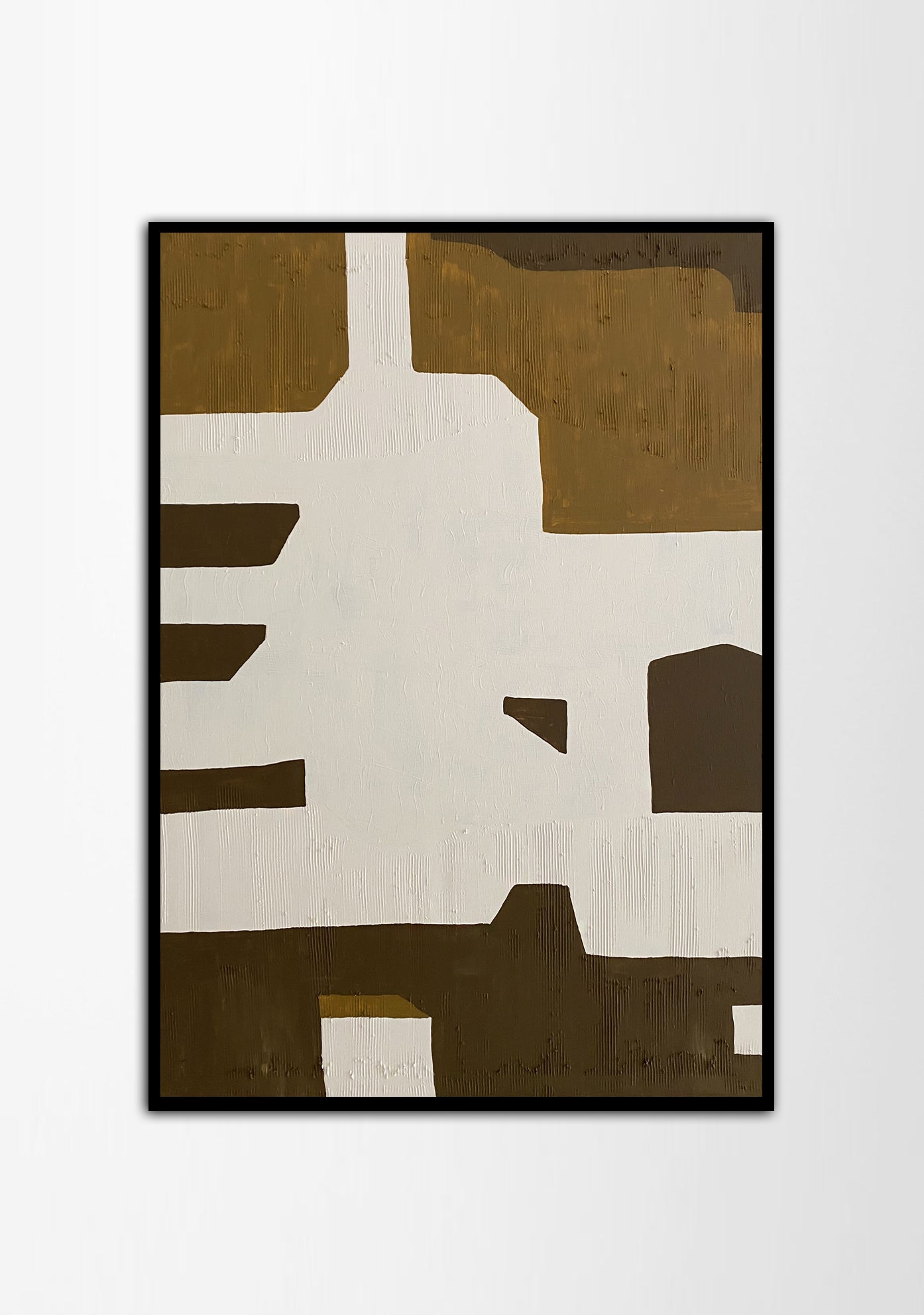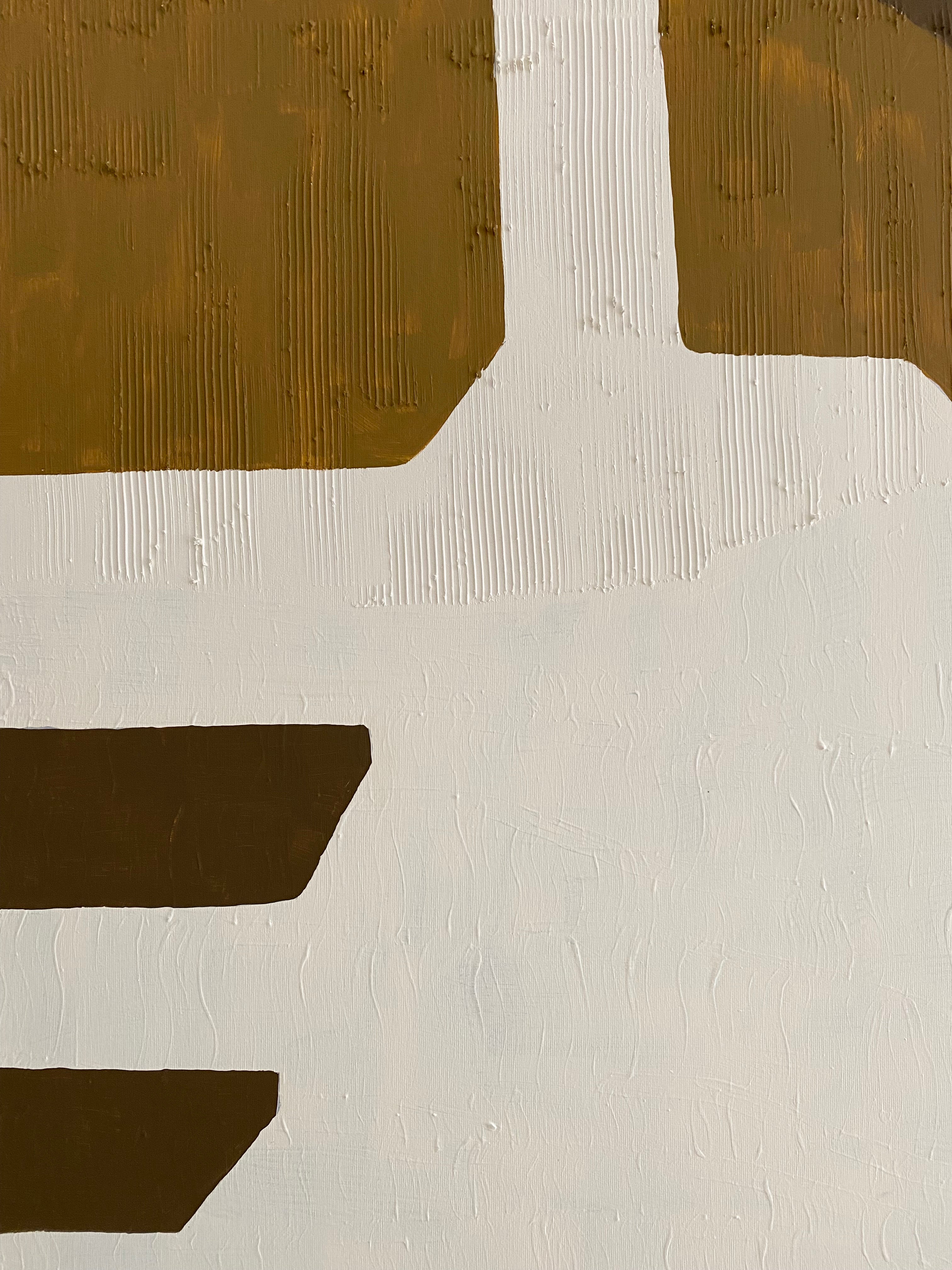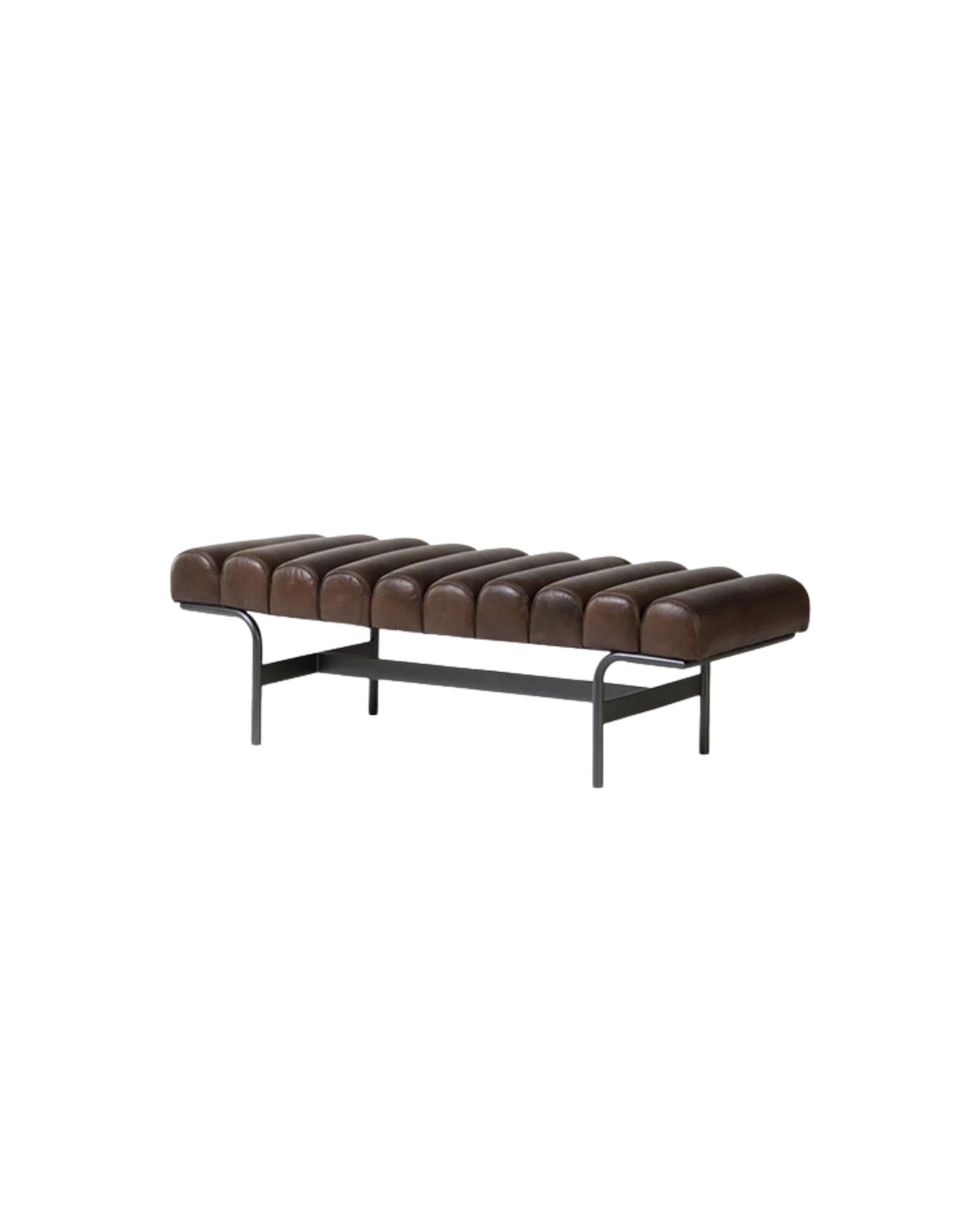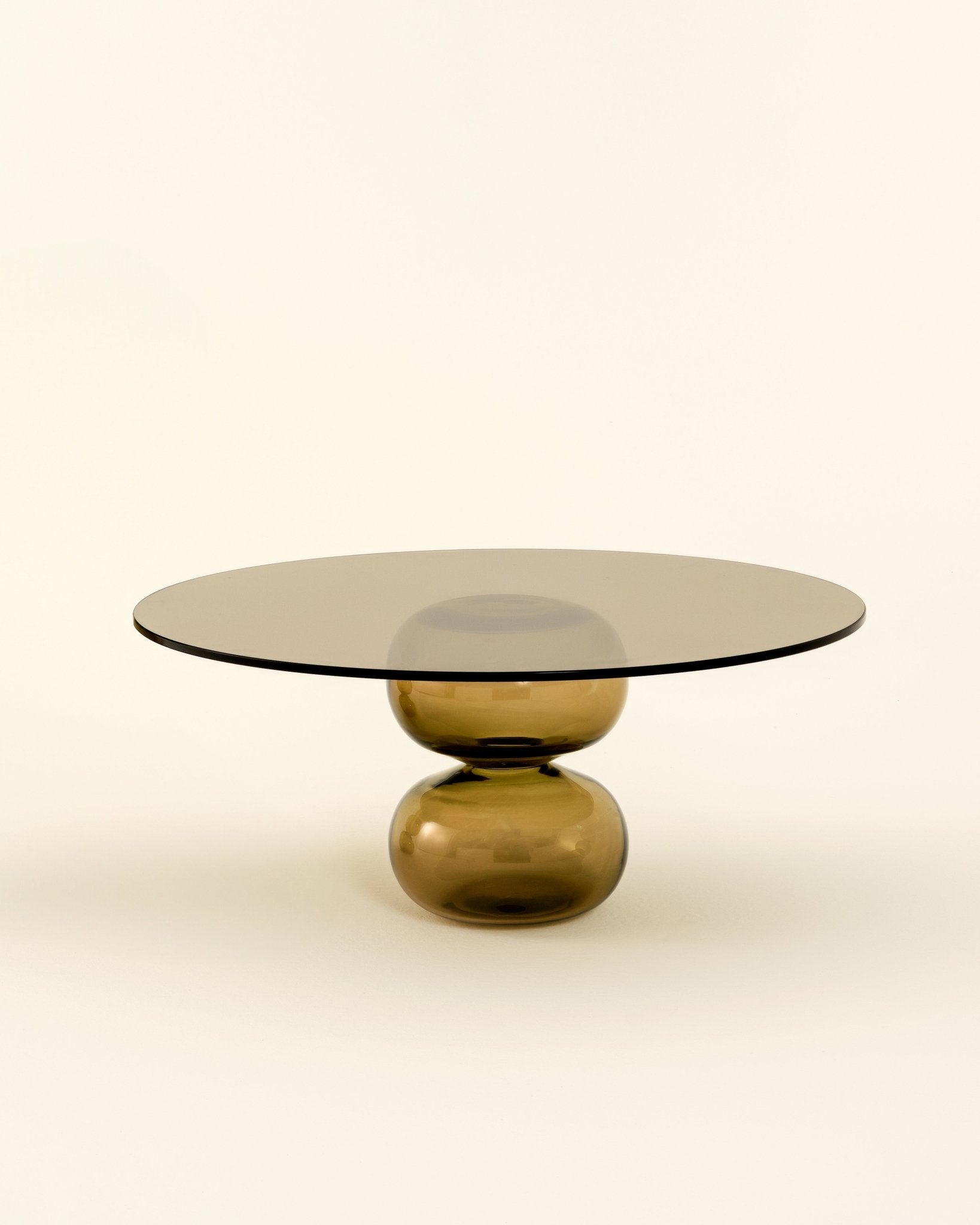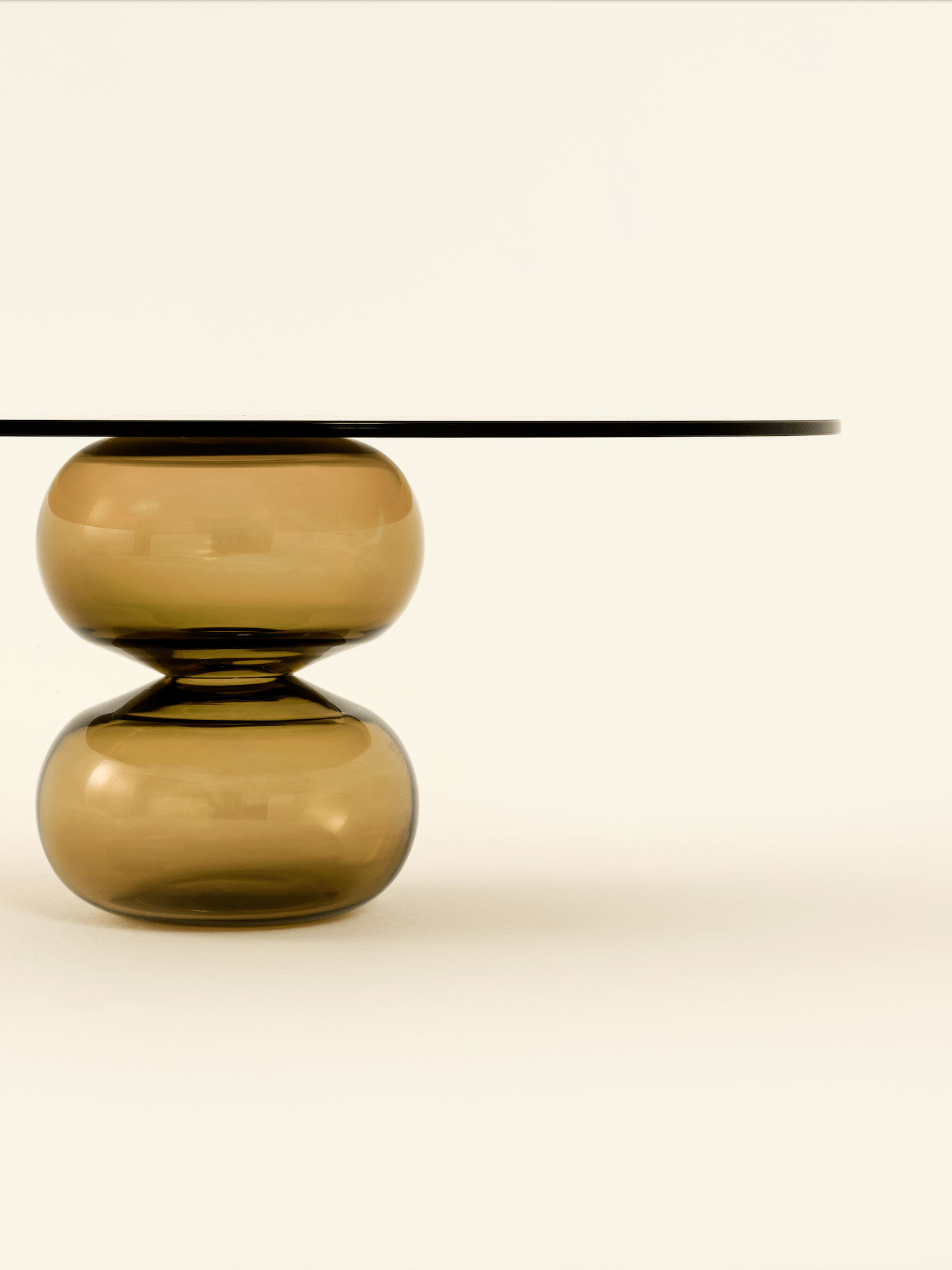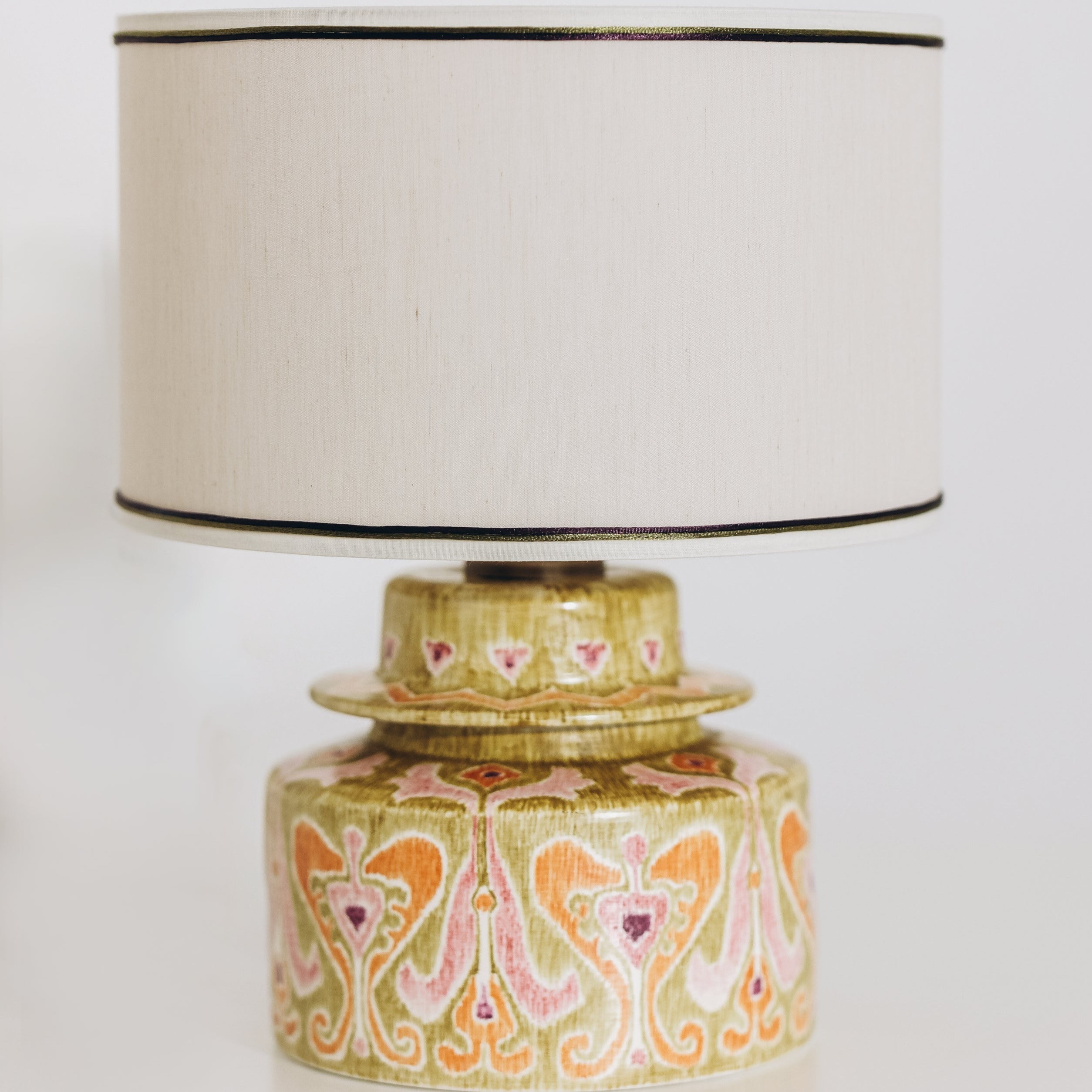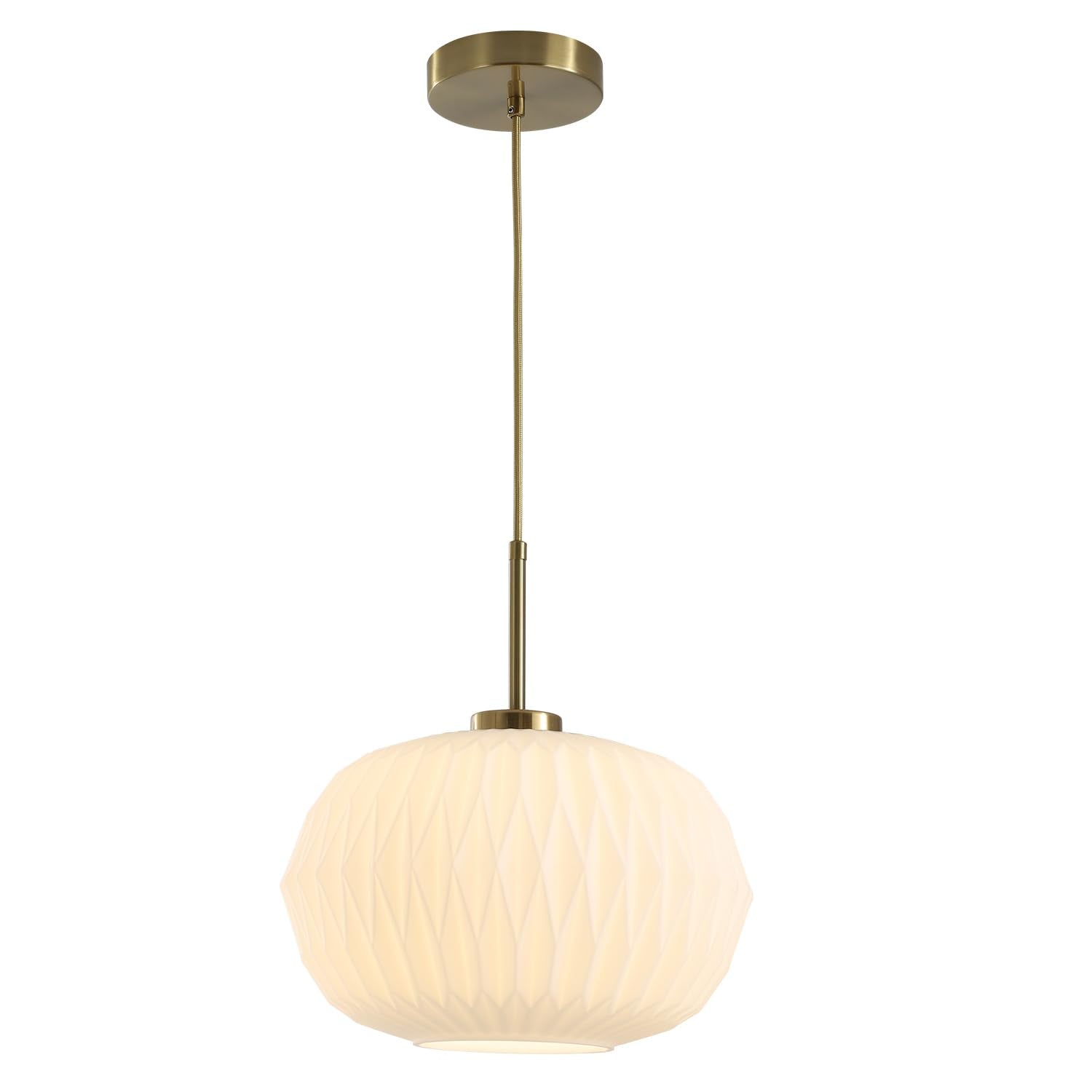
A Room Selection with Architect Burçe Küçüker
It's not about understanding trends, it's about understanding human behavior.
What project are you working on right now?
Currently, I'm simultaneously working on both commercial and residential projects—because I believe these two areas complement each other. In residential projects, I focus on the individual's private space, personal comfort, and emotional needs; while in commercial projects, I transform brands' identities, energy, and stories into spaces. These two extremes are actually different facets of the same whole: one centers on the human being, the other on the experience.
In commercial projects, I design concept stores, experience-driven restaurants, and interactive showrooms that capture the soul of brands. Each one is like a scene from a story; every detail is a gateway to that brand's world.
On the residential side, my priority is to bring the true rhythm of life into the space. I create functional yet soulful interiors tailored to the user's lifestyle. Balancing aesthetics with ergonomics, and emotionality with simplicity, is the essence of design for me.
Going back and forth between these two fields provides me with an incredible realm of creativity. Because I can transfer the emotional balance I learn in one to the other, and the power of experience I gain in the other to the one. Ultimately, whether it's commercial or residential, my goal is always the same: for the space to not only look beautiful, but to feel beautiful.
What features should a space you design have when you deliver it?
When I deliver a space, it should have balance, identity, and a story. For me, good design is not just visually appealing, but also provides an experience that emotionally engages the user.
Material selection, lighting design, and the flow plan are all parts of a whole. It's as important to correctly design the function of the space as it is to make the user feel good there. Every project is like a living organism to me—I want the space I deliver to breathe and reflect its own energy.
Is it possible to design a permanent room in rapidly changing shopping trends?
Absolutely possible, but the way to achieve this is not by "following trends," but by "understanding human behavior." Trends change, but the emotional connection people have with a space is lasting. I've always been a proponent of timeless design principles: functionality, warmth, and understated simplicity. What makes a room design enduring is that it addresses basic human needs, not the aesthetic fashion of the moment. If a space can make the user feel "this is my place," then that room is already timeless.



